Cellbox Solutions GmbH

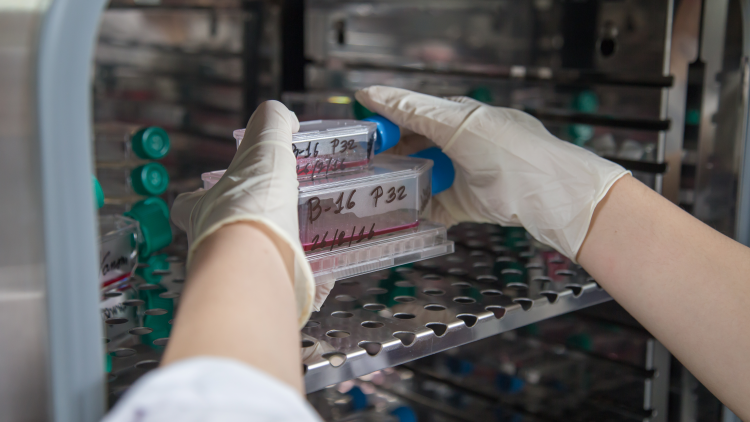
STEM CELL
The Phagocytic uptake of Phrodogreen Zymosan particles by hiPSC derived Microglia
August 2021
Microglia play a crucial role in the immune response of the nervous system. Their potential and predicted role in diseases are currently a key research topic. With more and more research groups across the world collaborating, it is becoming more important to share high quality biological material.
This user report compares the morphology and phagocytic activity of microglia transported in the Cellbox™ with those cultured in a stationary incubator.

The Project
Microglia’s ability to migrate requires a complex 3D matrix. With increasing complexity, the requirement to transport the cells in their co-cultured 3D structures also increases. This user report is the first step in investigating a novel way to transport these sensitive cells. By comparing the microglia after transportation in a controlled environment with a control group from a stationary unit, this user report aims to determine if the Cellbox™ is a plausible transportation device for more complex structures.
This report is based on two experiments (I & II) (see experiment workflow below). In experiment I, human iPSC derived microglia were cultivated in a stationary Cellbox™ (A) and in a stationary incubator (B) for 18 hours. In Experiment II, The Cellbox™ was loaded with hiPSC derived microglia and transported for a duration of 48 hours (C).
As a control, microglia were cultivated in a stationary incubator for 48 hours (D). After Experiments I & II, the microglia’s morphology were observed by bright-field microscopy while the phagocytic uptake activity was quantified by 24 hours pHrodo™ Green Zymosan particles incubation via fluorescence microscopy analysis.
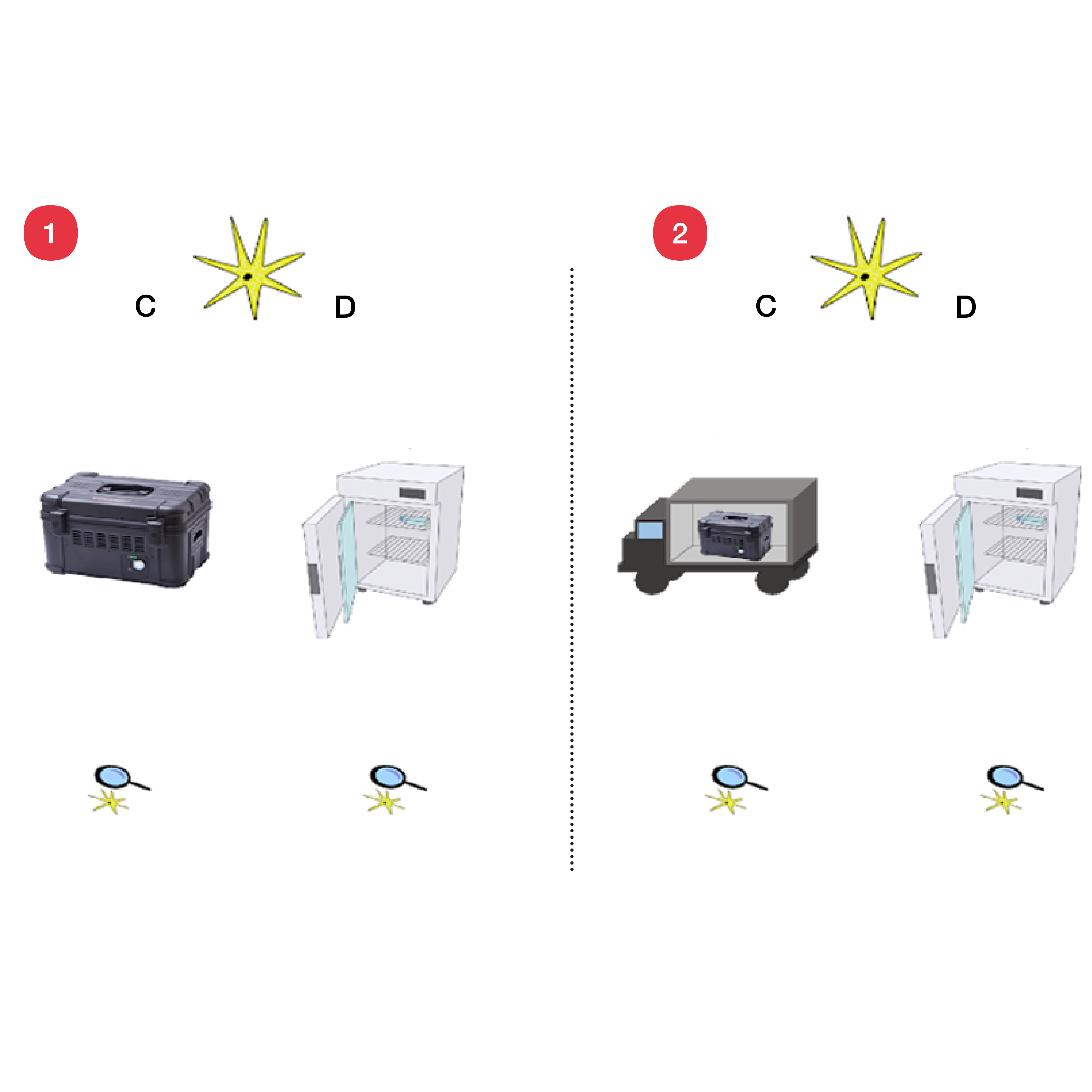
The Outcome
Incubation of human iPSC derived microglia in the Cellbox™ (without transportation) does not alter the morphology, nor the phagocytic capacity when compared to human iPSC-derived microglia kept in the stationary incubator.
Road transport of human iPSC derived microglia in the Cellbox™ (two transportations: from Belgium to Germany and from Germany back to Belgium) does not alter the morphology, nor the phagocytic capacity when compared to human iPSC derived microglia kept in the stationary incubator. In addition, no obvious cell detachment was observed either.
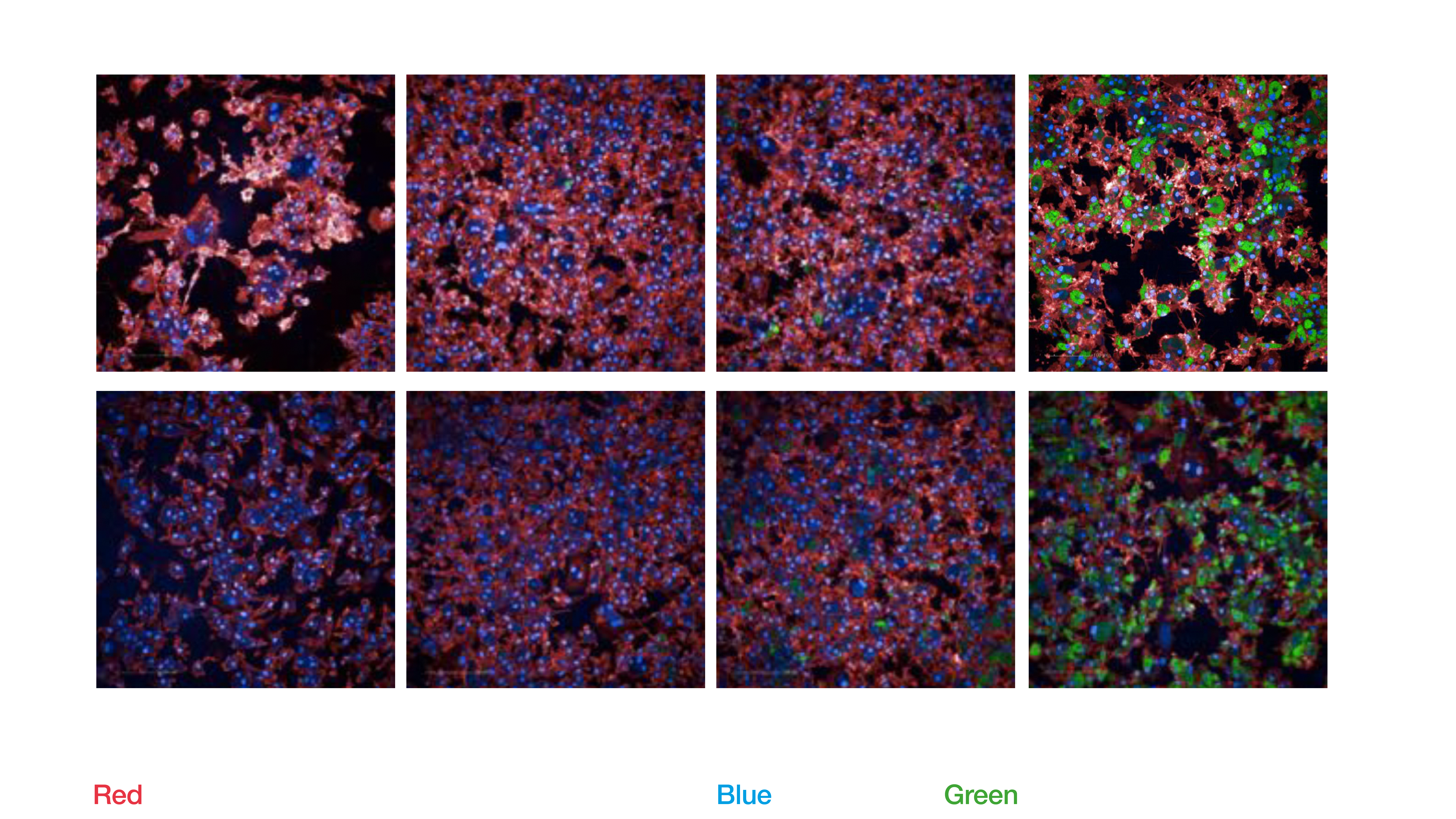
The Cellbox™ can be safely used for transportation of human iPSC-derived microglia, which are very sensitive cells, from one lab to another.
Learn more about the Cellbox™ Shipper Ground or Cellbox™ Shipper Flight

